Our interdisciplinary Human-Computer Interaction research lab, at the Accessibility & Ageing line, is working in 3D-printed LEGO caps, assembled over a LEGO base plate. And to what for?
The team, lead by Tiago Guerreiro and Ana Pires, LASIGE integrated members, the Ph.D. student Filipa Rocha and the M.Sc students Lúcia Abreu, Gonçalo Cardoso, presents LEGOworld, an accessible and customizable programming environment for children with visual impairments, that repurposes the use of commodity tools and technology, such as LEGO and Ozobot Bit.
It has explored how commodity objects and technologies can be repurposed to provide a multimodal programming environment that is accessible to children with visual impairments, flexible, and scalable to a variety of programming challenges. Its approach resorts to four main components: 1) a LEGO base plate where LEGO blocks can be assembled to create maps, which is flexible and robust for tactile recognition; 2) a tangible programming area where LEGOs, with 3D printed caps enriched with tactile icons, can be assembled to create a program; 3) alternatively, the program can be created through a voice dialogue; and 4) a low-cost OzoBot Bit. A preliminary study with educators suggests that the approach could be useful to a variety of developmental stages, is accessible and stimulating, and promising for CT training.
This work will be presented at CHI2021 and is also available here.
